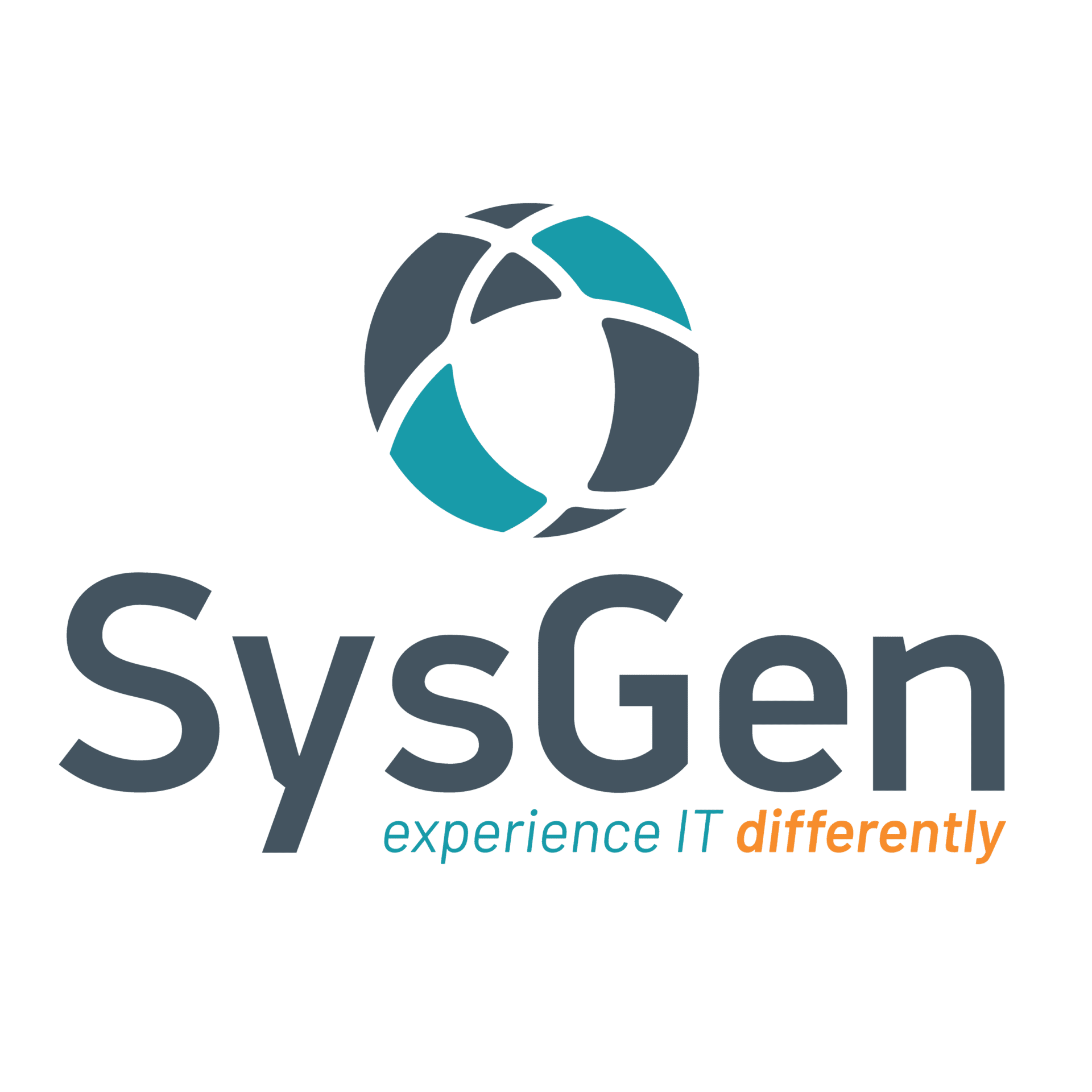Virtual Desktop Infrastructure (VDI) is taking out traditional PCs in the workplace. That’s because this technology is an innovation and allows businesses to improve their bottom line and simultaneously enhance performance.
As the technology leader of your organization, you’re always looking for ways to make your organization more efficient, cost-effective, productive, and responsive to business needs. With VDI, your company can reduce technology and administration costs while enhancing security, backup, and user experience.
VDI enables businesses to store desktop operating systems, software, and data on a central server instead of individual computers. Still, you might be wondering why use VDI instead of existing infrastructure. Overall, its benefits make computing more manageable and less expensive while bringing all the desired optimizations the traditional PC cannot accomplish. In this post, we’ll look at the advantages of VDI from a larger scope.
Table of Contents
11 Benefits Of VDI
The benefits of VDI are vast and varied. From system efficiency, cost savings to accessibility, virtual infrastructure can transform how your business uses technology. As the technology leader of your organization, you’re always looking for ways to make your organization agile as it relates to business needs. With VDI, your company can reduce technology and administration costs while enhancing security, backup, and user experience. With that said, here are the top 11 benefits to consider when it comes to VDI:
1. Optimizing Administration
You can reduce IT administration by centrally deploying, patching, upgrading, and migrating data with VDI. A virtual desktop environment lessens required maintenance by enabling administrators to patch environments with one OS rather than updating each user’s environment one at a time. VDI also removes time spent dealing with hardware and software compatibility issues through consistent company-wide technology.
2. Improving Security
VDI is more secure than traditional desktops because the data is hosted on one central server rather than the end-user device. Suppose an employee accidentally brings a virus into their desktop. In that case, it is contained and does not replicate in the core environment. In addition, VDI enables administrators to lock down computers to prevent employees from installing applications, viruses, and malware. Lastly, sensitive data can be worked on in computing devices in a VDI environment, as this information never resides within the individual device, only the central server.
3. Enhancing Backup
VDI’s centralized storage also improves data storage and system backups. So, if an employee accidentally deletes information, it can easily be restored in moments from the central server or data center rather than at the end-user device level.
4. Elevating the User Experience
With VDI, employees can use any device they choose. A thin client, PC, Apple, Linux, etc., is a go since users connect to a central desktop image. In addition, the remote desktop experience is improved as an image of the core desktop is displayed rather than an alternate and blank image when working outside the office.
5. Flexibility
With VDI, users can access their data from anywhere, maximizing workplace flexibility.
Additionally, a significant benefit of VDI is that it allows for the bring-your-own-device model (BYOD) wherein you can use employees’ devices and ensure the same level of protection and security, meaning employees can access their data where they are.
You won’t need to rely on expensive hardware to get work done because you have reduced hardware dependence. Therefore, thin clients or less powerful hardware can be integrated with virtual desktop infrastructure because the processing and storage needs are done virtually.
6. Accessibility
VDI makes your network more accessible. With a virtual desktop, you can access your workstation at home and on the go as if you were in the office. The best part is that your data is secure and safe while you work, so you can rest easily knowing that your information is protected no matter where you are. This remote access expands the ability to work anywhere so long as you have access to the internet.
7. Centralized Management
Another benefit of VDI is that it has centralized management. It simplifies and updates software installations so that tools and programs are deployed uniformly to employees, creating a consistent and scalable experience for all users.
8. Cost Efficient
Running your desktop environment on a virtual machine lets your organization replace employee workstations with thin clients. Thin clients come at a much cheaper cost (ranging from $300 to $700) than traditional workstation costs (ranging from $500 to $2,000). Not to mention, PCs typically have a 4-year life expectancy, while thin clients last up to 6 years. On the software side, deploying desktops from a central location with VDI means your organization gets to drastically reduce the number of licenses required for your office’s critical applications and time spent on administering the infrastructure.
With centralized management, you can reduce your overhead to manage IT needs for device support. Further, if you leverage the BYOD model, long-term cost savings extend to the extended lifespan of hardware because servers carry most processing loads, and hardware does not need to be replaced as frequently. An additional cost-saving measure is the overall energy consumption; using thin client hardware means less power is consumed overall.
9. Enhanced Disaster Recovery
VDI is highly customized by the IT team that develops and deploys it, and because it is centrally managed, it is difficult for it to be hacked. Data is stored in a secure location so that disaster recovery is quick in the event of a cyber threat. Backups are automated and frequently occur.
10. Improved Troubleshooting
VDI uses a standardized desktop environment; this uniformity simplifies the troubleshooting process because there is consistent configuration across all mobile devices, meaning IT support easily ignites and resolves issues. Further, VDI allows administrators to take frequent snapshots of virtual desktops so that in the event of any problems, it’s easy to revert to the previous status of the desktop.
11. Scalability
One of the main advantages of VDI is its scalability. With VDI, you can easily deploy new desktops with the necessary customizations. The administrator efficiently manages these virtual desktops through their operating system. Because of his model, VDI has predictable costs, therefore, adding incremental desktops is more manageable with consistent deployment.
Disadvantages of VDI
As discussed above, the advantages of VDI are diverse; however, like any IT solution, there are potential drawbacks. Chief among them is the potential for higher initial investment, reliance on internet connection and software configurations.
1. High Initial Investment
In the long run, VDI increases cost savings; however, depending on the needs of your business, such as how many desktops you require, there are higher deployment costs to build and create the necessary infrastructures. This is further dependent on the skill level of the IT team and the level of customization and configurations needed.
2. Reliant on Internet Connection
VDI relies on internet access, and while this may seem obvious, it is an important consideration. Internet access can often tip the scales in many decisions related to IT infrastructure, such as choosing between cloud solutions or on-premises servers for data storage. The decision is heavily influenced by what your business needs are.
Most systems today require the internet, whether for cloud storage, VDI or teams’ communications like Microsoft phones, making the internet an integral part of business communications. As a result, if you move ahead with VDI, you’ll need to consider your internet access and connection and whether this type of setup works for your business. This includes assessing your network and bandwidth abilities since VDI requires a stable, high-speed network connection to deliver the optimal user experience. Insufficient bandwidth can cause latency issues and create lags in the desktop.
3. Licensing Complexity
With VDI, there is an added layer of complexity with software licensing. Depending on the virtualization software your VDI employs, specific licensing models exist for each deployment type. Meaning that your VDI needs to be in compliance with software licensing agreements. This complexity can be mitigated by leveraging IT experts’ knowledge and technical know-how.
4. Storage Requirements
VDI solutions require a significant amount of storage to function. Therefore, businesses must have sufficient storage capacity to handle the environment for multiple users. You’ll need to take into account storage for all user’s data, applications, software and desktops, which can be challenging without the right IT partner.
Is VDI Right for My Business?
Throughout this post, we’ve reviewed the benefits of VDI and its key disadvantages. While this information gives you insights into the technology, you might still be wondering why you should use VDI within your organization.
VDI is quickly becoming a mainstream solution for many companies; however, there may be better choices than understanding each business’s financial and rescue contrast. VDI usage is also heavily dependent on how your business uses technology. Whatever the consideration, the first step in determining whether VDI is right for your business is to consult IT experts.
Find SysGen’s IT support and managed IT services in Calgary, Edmonton, Red Deer, Vernon, and Kelowna. Learn more about SysGen’s cloud offering, cybersecurity services, managed security, and Digital Advisory team by clicking here.



